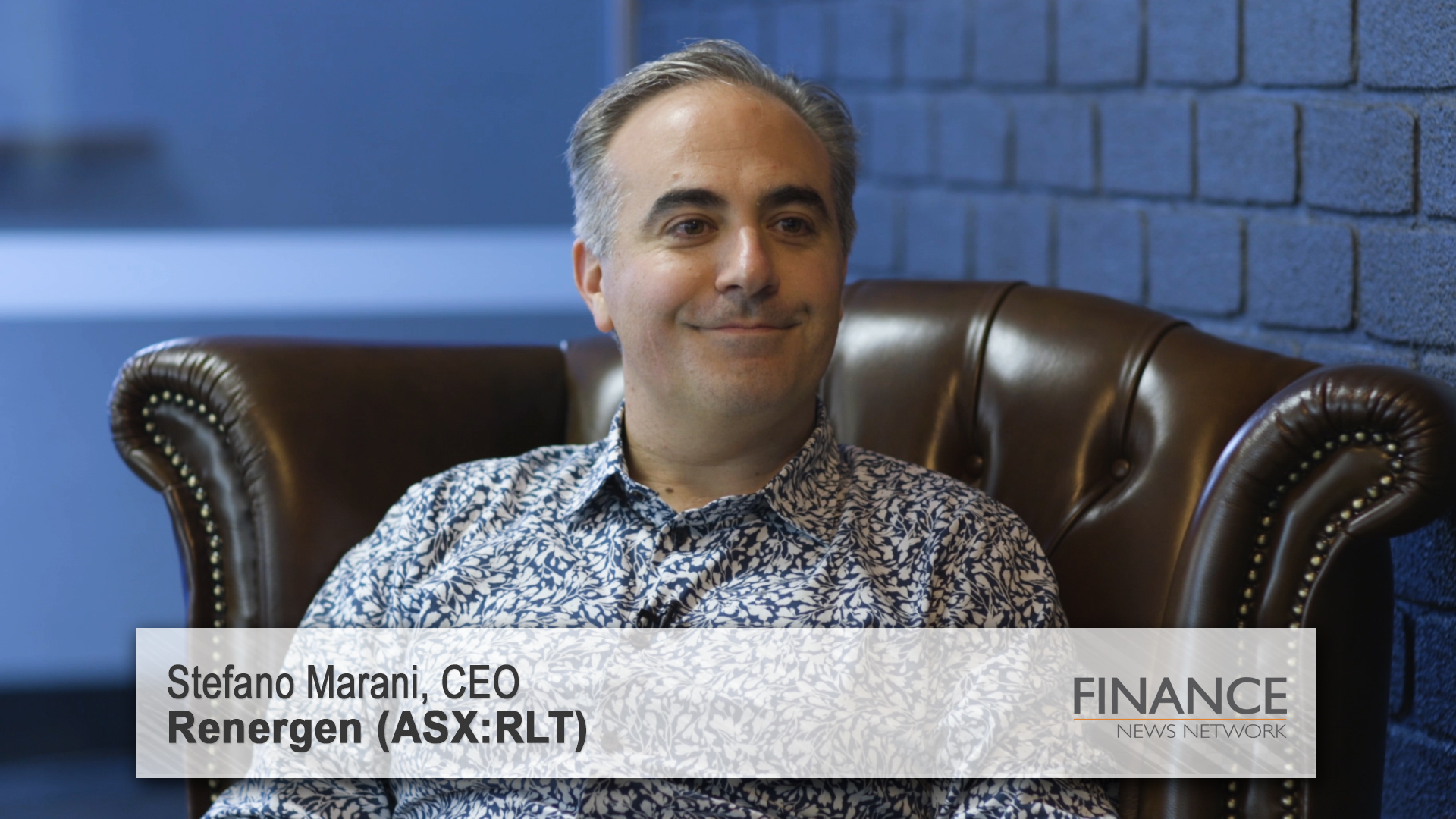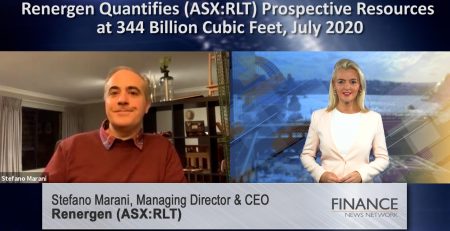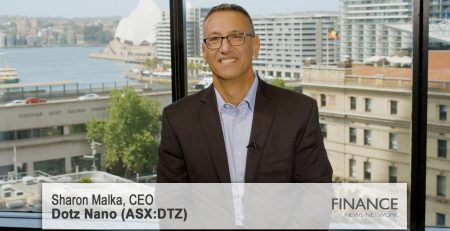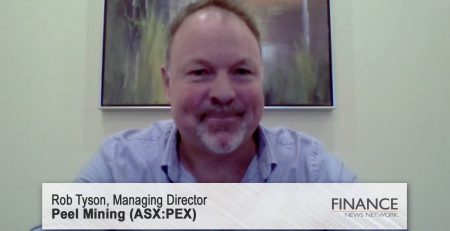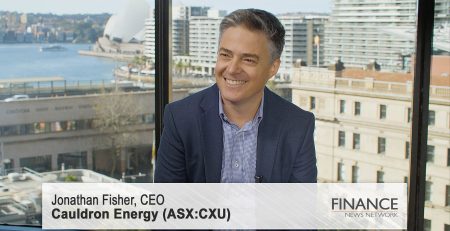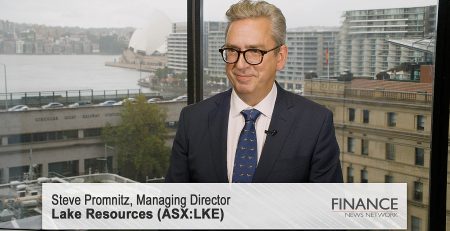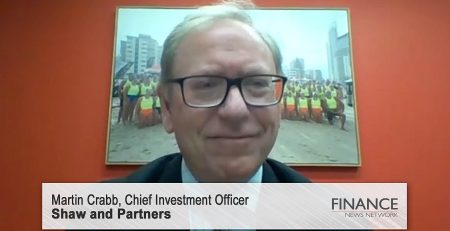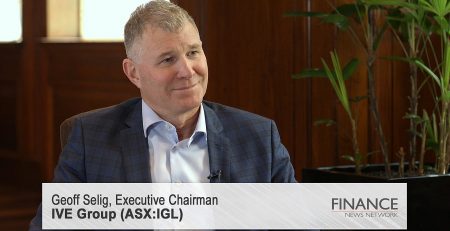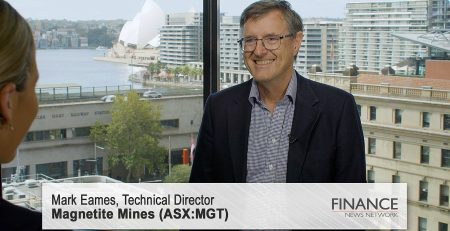Renergen (ASX:RLT) discovers gas composition with 12% helium
Renergen Limited (ASX:RLT) CEO Stefano Marani reveals the company's discovery of a 12% helium concentration reserve at the Virginia Gas Project in South Africa.
Rachael Jones: Hello I'm Rachael Jones for the Finance News Network. Joining me from Renergen is CEO Stefano Marani. Stefano, welcome back to the network.
Stefano Marani: Hi Rachael.
Rachael Jones: Now, Stefano. For those new to your company can you remind us what Renergen does?
Stefano Marani: So, We're an emerging natural gas and helium producer in South Africa. We're dual listed both on the South African stock exchange as well as the main bourse over here. And we are developing a project called the Virginia Gas Project in South Africa, which has now become a little bit more famous by virtue of the fact that it has got disparately higher proportions of helium in its gas relative to the rest of the world.
Rachael Jones: Just remind us, what are some of the things that helium is used for?
Stefano Marani: Well, let's put it this way. If you had to remove helium from the world today you wouldn't have cellphones, you wouldn't have TVs, you wouldn't have fiber optic cables, you wouldn't be able to launch satellites. You would lose a significant portion of the technology that we have today, which needs helium for basically creating A, a sterile environment. But also B, using it as cryogenics because it's the only thing that you can use to get superconductors down to the temperature at which they become superconductors. There's no substitute.
Rachael Jones: Stefano, could you comment on the global market for helium?
Stefano Marani: Yes. In recent times the market has become particularly constrained. There was a massive strategic reserve called the BLM, or the Bureau of Land Management in the United States. In 2018 they announced that those reserves were at critical levels and that they weren't going to sell to the public anymore. As a result, the disparity between supply and demand has increased quite substantially. As a result the price has gone through the roof.
Now the world is desperately looking for additional new sources. Helium is a particularly difficult commodity to find. It's very rare. The last well we drilled has just clocked in at 12% helium concentration. Whereas the rest of the world sits at below 0.5%. That places us particularly well right now, in this time of global helium crisis.
Rachael Jones: Tell me more about this 12% find. That sounds very exciting.
Stefano Marani: Yes. It was actually by accident, which is why I'm quite casually dressed because I was on holiday at the time that it happened. But we started drilling a horizontal well into a sandstone trap. We discovered some time ago that there was a sandstone deposit, which we were unaware of before acquiring the asset. The sandstone deposit itself is quite large. It's about 90 square kilometers and up to 100 meters thick in some places. What we discovered was that 50 meters into the sandstone the thing started blowing and the pressure was very high compared to what we were normally used to. The flow rates were particularly high.
Rachael Jones: Is this consistent with the pre-drill prognosis?
Stefano Marani: In 2016 we drilled and we discovered a well which was producing helium at around 11% and under more pressure, obviously, than the previous wells. But what we didn't know was how much gas was going to come out of it. The first 50 meters of drilling this well has produced an inordinate amount of gas, but what we weren't expecting was a find of 12% under pressure. By global standards that's still really high. Like I said, I mean Qatar is producing at less than 0.1%. The United States, which is the highest concentration on average, theirs is at 0.35%. That really is a significant game changer for the company.
Obviously a lot still needs to be determined from drilling the full thing out, and running more tests, and an add. But where we stand at the moment we're particularly excited about this.
Rachael Jones: What does this mean for phase two of the Virginia Gas Project and for the global helium market?
Stefano Marani: In a conservative estimate, we'd be looking at about 1.2 to 1.5 tons of helium per day, which by global standards is probably around 2%, 2.5% of global production. But with a 12% concentration in the gas that really opens up the possibility of us producing anywhere from, call it 5% to 10% of global consumption. That then becomes a meaningful figure of liquid helium coming from any one single place in the world.
Rachael Jones: To the last question now Stefano, what can investors expect over the next 12 months, in terms of news flow?
Stefano Marani: We're probably expecting to be able to release something around March time next year. Then obviously there's the milestones tracker, which means that we will be announcing as and when the milestones come out. Either we're ahead of schedule, on schedule, or behind schedule. Yeah, then from there there'll obviously be the build out of the project in addition to offtake agreements.
Rachael Jones: Stefano Marani, congratulations on your recent find and thanks for the update.
Stefano Marani: Thank you.
Ends
Copyright 2019 – Finance News Network
Source: Finance News Network

